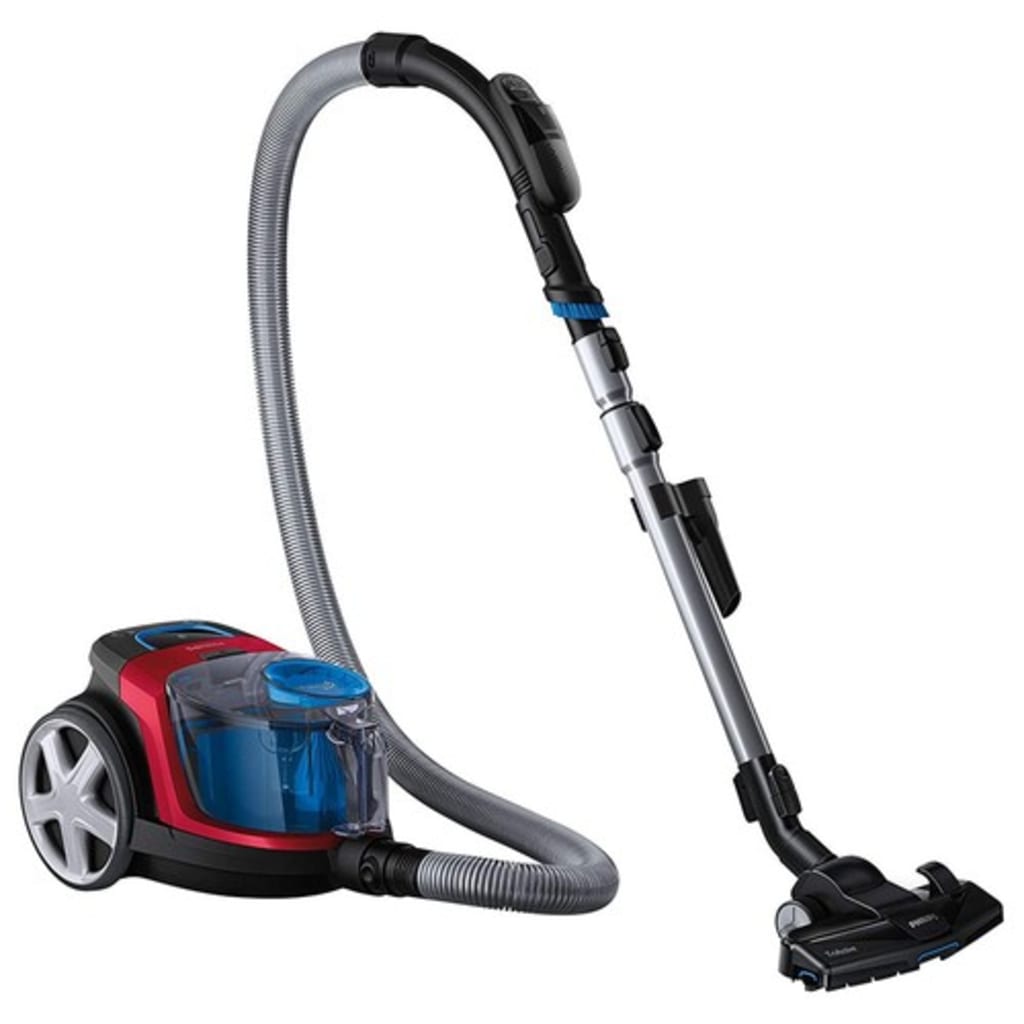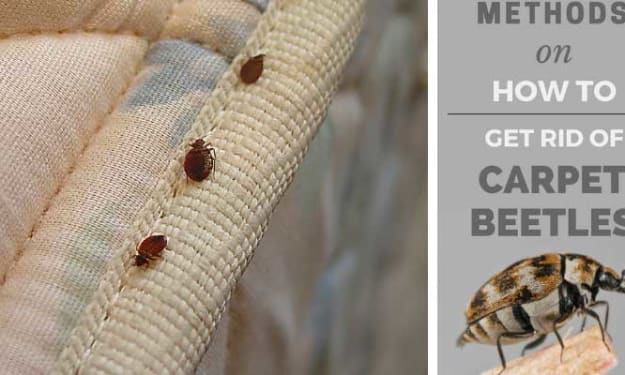Household vacuum cleaners vs. the high-volume surface sampler for collection of carpet dust samples in epidemiologic studies of children
Levels of pesticides and different mixes in cover residue can be valuable markers of introduction in epidemiologic examinations, especially for small kids who are in visit contact with floor coverings.

Foundation
Levels of pesticides and different mixes in cover residue can be valuable markers of introduction in epidemiologic examinations, especially for small kids who are in visit contact with floor coverings. The high-volume surface sampler (HVS3) is frequently used to gather dust tests in the room in which the youngster had invested the most energy. This technique can be costly and bulky, and it has been proposed that a simpler strategy is expel dust that had just been gathered with the family vacuum more clean. In any case, the family unit vacuum coordinates exposures over numerous rooms, some of which are not applicable to the kid's presentation, and contrasts in vacuuming hardware and practices could influence the concoction fixation information. Here, we think about degrees of pesticides and different mixes in dust from family unit vacuums to that gathered utilizing the HVS3.
Strategies
The two strategies were utilized in 45 homes in California. HVS3 tests were gathered in one room, while the family vacuum had ordinarily been utilized all through the home. The examples were examined for 64 natural mixes, including pesticides, polycyclic sweet-smelling hydrocarbons, and polychlorinated biphenyls (PCBs), utilizing GC/MS in different particle checking mode; and for nine metals utilizing ordinary microwave-helped corrosive processing joined with ICP/MS.
Results
The strategies concurred in identifying the nearness of the mixes 77% to 100% of the time (middle 95%). For mixes with under 100% understanding, neither one of the methods was reliably more delicate than the other. Middle fixations were comparable for most analytes, and Spearman connection coefficients were 0.60 or higher with the exception of allethrin (0.15) and malathion (0.24), which were recognized rarely, and benzo(k)fluoranthene (0.55), benzo(a)pyrene (0.55), PCB 105 (0.54), PCB 118 (0.54), and PCB 138 (0.58). Accepting that the HVS3 technique is the "best quality level," the degree to which the family vacuum cleaner strategy yields relative hazard evaluates nearer to solidarity by expanding irregular estimation blunder changes by compound and relies upon the technique used to ascertain relative hazard.
End
The family unit vacuum cleaner strategy has all the earmarks of being a sensible option in contrast to the HVS3 for identifying, positioning, and evaluating the groupings of pesticides and different mixes in cover dust.
Compound investigation
The residue tests were sieved utilizing a 100 work treated steel sifter to expel the coarse (>150 μm) part of residue. To cover the wide set-up of natural analytes of intrigue, we utilized three diverse extraction strategies, each joined with GC/MS in the numerous particle location mode, for identification and measurement. Test clumps comprised of 15 field tests in addition to three quality control (QC) tests: a lab copy, a dissolvable technique clear, and a copy spiked example (spiked with either 50 ng or 250 ng) or dissolvable spiked example (100 ng/analyte). For investigation of metals, traditional microwave-helped corrosive assimilation was joined with ICP/MS. Test clusters comprised of 35 to 37 field tests, one SRM (NIST 2583), a strategy clear, a copy, and a copy spiked example (spiked to give 2.5 μg/L in the concentrate for all analytes aside from zinc, which was spiked to give 25 μg/L); what's more, three processed examples were dissected in copy and afterward spiked and reanalyzed.





Comments
There are no comments for this story
Be the first to respond and start the conversation.